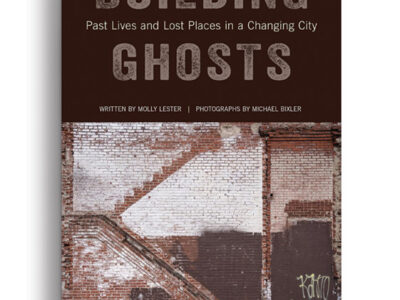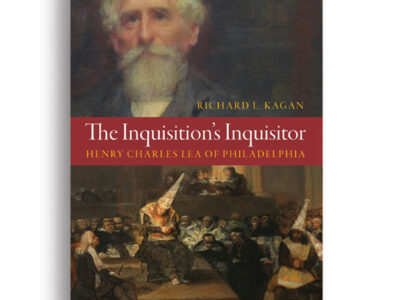
When Graduate School of Fine Arts Dean Gary Hack and architect Harris Steinberg C’78 GAr’82 were discussing a new program that would combine classroom education and professional experience, they hit upon the analogy of a clinical practice in medicine, where the work includes both patient-care and medical research.
The result was Penn Praxis, from the Greek/Latin root of practice. Launched in November 2000 as a separate 501 (c) 3 organization (to be “leaner and quicker”), the program provides a “real-world focus across GSFA,” says Steinberg, a Penn lecturer and founding principal of Steinberg and Stevens Architects who serves as the program’s director. While the school provided seed money to get it started, it hopes the program will support itself through consulting projects, though Steinberg stresses that the first priority is educational value.
Penn Praxis’s most ambitious effort to date has been a recent collaboration with The Philadelphia Inquirer on ways to develop Philadelphia’s Penn’s Landing area along the Delaware River—a seemingly cursed endeavor, with close to a dozen failed schemes over the last 30-40 years.
Steinberg and Inquirer editorial-page editor Chris Satullo put together a series of four public forums designed to “balance expert opinion and citizen involvement,” in Steinberg’s words, with the results serving as the basis for articles and op-ed pieces in the Inquirer. The paper helped bring the project “to the forefront,” he adds, “and the citizen response has been overwhelming—the depth of feeling people have about this little spit of land.”
The first panel presented such experts as Witold Rybczynski, the Meyerson Professor of Urbanism and Real Estate; Dr. Peter Linneman, the Sussman Professor of Real Estate, Finance and Public Policy; and Hack, who provided background on the history of failure at Penn’s Landing as well as some examples of successful civic improvements elsewhere.
At the second gathering, Denise Scott Brown GCP’60 GAr’65 Hon’94, principal with Venturi Scott Brown & Associates, gave a framing lecture on “Some Things to Consider in Planning Penn’s Landing,” after which participants worked out a set of seven principles to guide future development: That anything built should be “distinctively Philadelphia”; that the river should be the centerpiece; that transportation connections needed to be improved; that the project should bolster the waterfront as a regional attraction; that any project be affordable and sustainable; that it be kept a public space; and that the decision process be public.
At the third forum, design and construction professionals and ordinary citizens again divided up into teams—all, coincidentally, headed by GSFA alumni. They sketched out three different visions of the space: one centered around capping Interstate 95, which runs along the Delaware, and building new housing over it; another designed to create a “respite from the city,” which emphasized accessible open public space rather than residential or commercial development; and a third focused on “making Independence Harbor work,” by linking the waterfront areas of Philadelphia and Camden, New Jersey, with the city’s nearby historical areas to create a major tourist attraction.
In the final session, the public was invited to rank the three design approaches according to how well they accorded with the stated principles and their personal preferences. More than 350 people showed up.
The Independence Harbor scheme edged out the other two in the voting, but mostly because it received many rankings in the middle of the 1-10 scale used, while the “respite” and “neighborhood” schemes generated stronger positives and negatives, notes Steinberg. More important, he adds, it was clear that “any scheme for Penn’s Landing should include components of all the schemes and honor the planning principles in order to engender community support.”
Steinberg calls the process “tremendously satisfying,” adding that Praxis and the Inquirer “have been constantly thanked for creating a process that never existed before in Philadelphia.” These forums, along with a parallel series conducted by the mayor’s office that was ultimately folded into the Praxis-Inquirer effort, “was the first time there was public input into the process,” he says. “The feedback and participation from both the professional community and citizens was extraordinary.”
Praxis is preparing a report for the mayor’s office and for the Heritage Investment Program of the Pew Charitable Trusts, which was “an early and important sponsor of the program,” says Steinberg. “We are in the very early stages of talking about creating a yearly event modeled on this process that marries expert opinion, civic engagement, and journalism. This is a very powerful model to take forward.”




